Bottling history
How a lost book from the CSU library altered Colorado brewing history Story by Allison Sylte and Corinne Neustadter Published April 6, 2022If Phil Benstein had waited one more day to visit Colorado State University’s Morgan Library, the beer section at liquor stores around the country might look very different.
“It all happened on Saturday, July 26, 1997 – remember that date, because it’s very important to this story,” said Benstein, a former New Belgium employee and 1996 graduate of CSU’s microbiology program.
He was visiting the library to do research about how to brew absinthe using ingredients from his home garden. Somewhere in the basement, Benstein picked up a weathered copy of a 1907 book called “Alcoholic Beverages at the Turn of the Century.”
That’s when something unrelated to the initial mission caught his attention.
“I was flipping through it, and there was this section about the country Belgium, and it was talking about beers I’d never heard of before,” Benstein said.
One of those beers was a zwart – or black – beer. While black beers were known to have been brewed in Germany, there wasn’t evidence of any originating from Belgium, and Benstein was eager to tell his fellow brewers about the discovery and bring them back to the library to see the 1907 book for themselves.
“At the time, I knew what it meant: It would rewrite brewing history,” Benstein said.
It’s now well-known that the Belgium black beer would inspire 1554, which was copied by other breweries across the country. The beer played an integral role in New Belgium’s sour program and is still one of the brewery’s flagships today.
But at the time, it paid homage to a part of brewing history that had previously been lost.
And the book that mentioned it was also lost. That’s because a slow-moving storm cell arrived in Fort Collins on July 27, 1997, that dumped 14.5 inches of rain in 31 hours, flooding a large swath of the CSU campus and leaving the basement of the Morgan Library underwater.
Many of the books inside were freeze-dried in hopes that they could be preserved, but what happened to the book that first sparked Benstein’s interest in Belgian black beer remains a mystery.

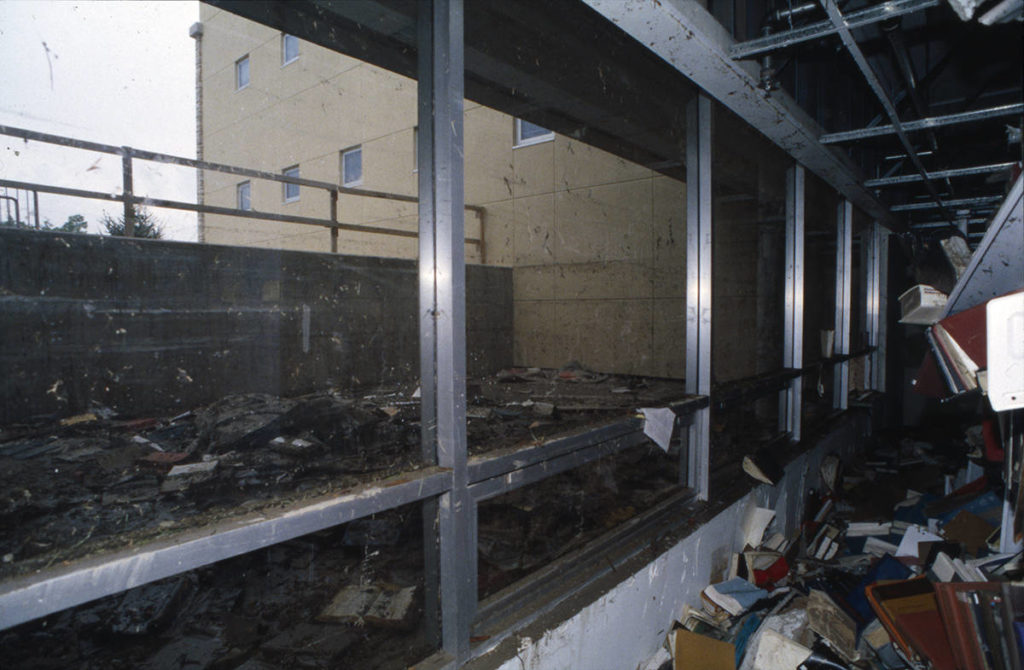
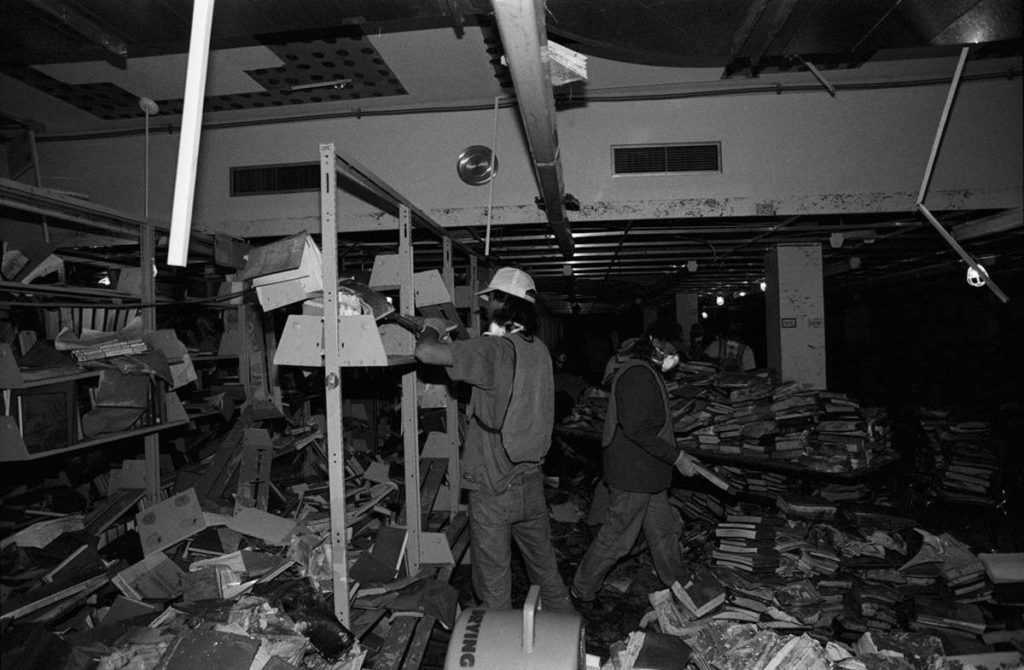
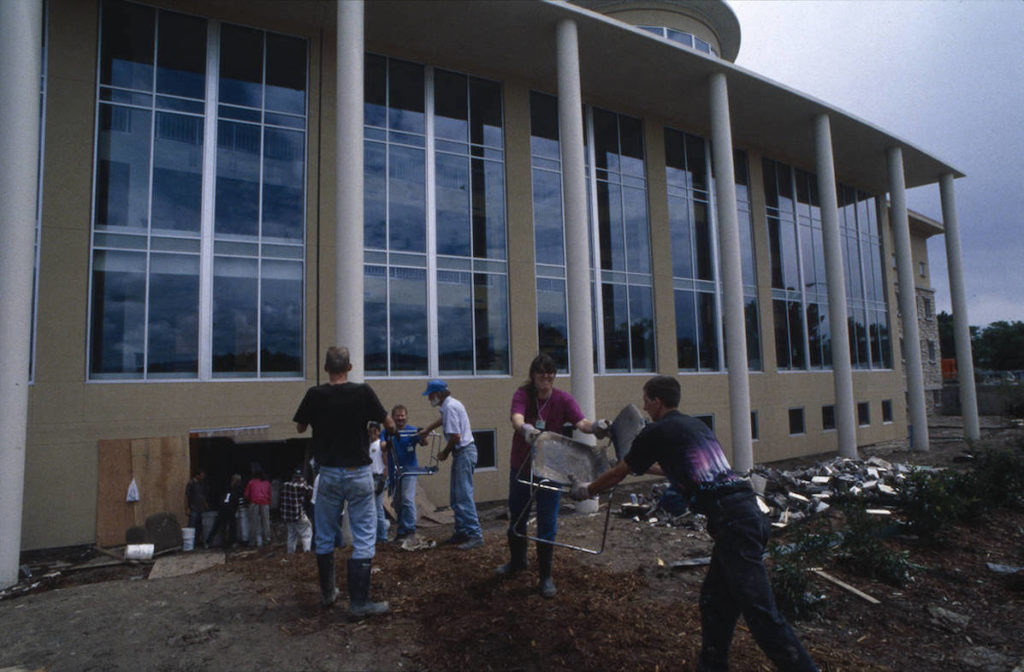

This photo gallery shows 1997 images of the damage from the Spring Creek Flood at the Morgan Library.
From Fort Collins to Brussels
Even though his proof was gone, Benstein still told New Belgium’s head brewer at the time – Peter Bouckaert – about what he had found.
“I was skeptical about it, I’d never heard about that, and I didn’t know where to find it,” Bouckaert said.
Bouckaert, a world-renowned brewmaster from Belgium, is basically an expert on brewing history. Nevertheless, Benstein’s story piqued his interest, and as luck would have it, the two brewers found another copy of the book that had been lost at CSU in the archives of the Coors Brewery in Golden.
“I was still very skeptical,” Bouckaert said.
A few months later, the pair went to Belgium, where they were allowed to examine texts dating back hundreds of years inside the private libraries hidden in the country’s trappist monasteries. Time and time again, Benstein said they couldn’t find any evidence of zwart beer, and their time in Belgium was drawing to a close.
Shortly before the end of their trip, Bouckaert said a historian friend was able to locate a copy from a book from 1554 that mentioned zwart beer, but didn’t offer additional information. It also had a reference to a 1447 publication that, translated from Old Flemish, was called “Book with the Little Roses.”
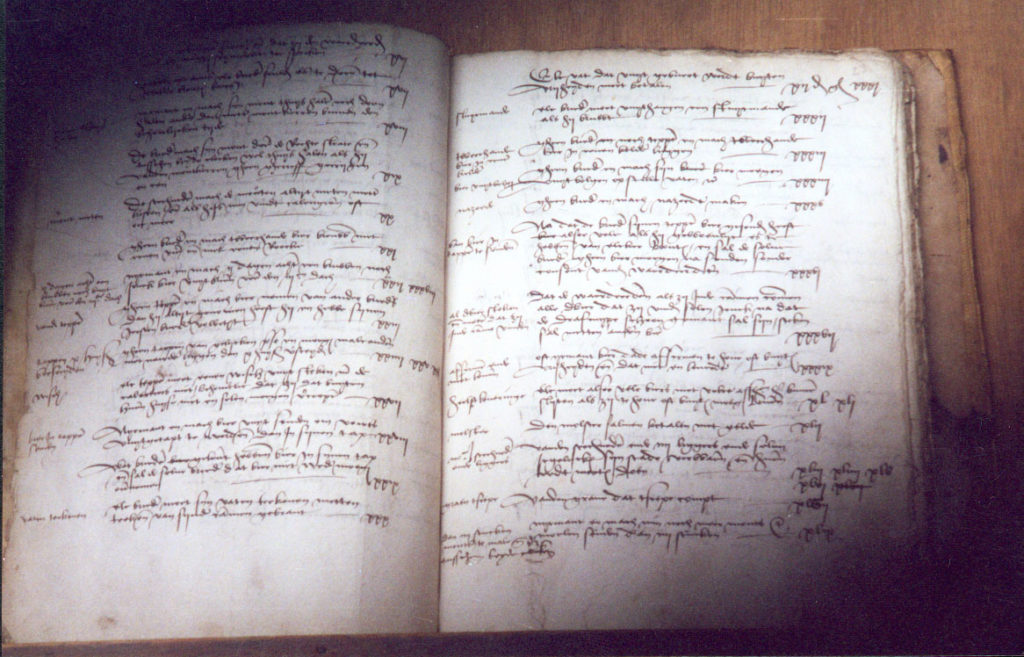
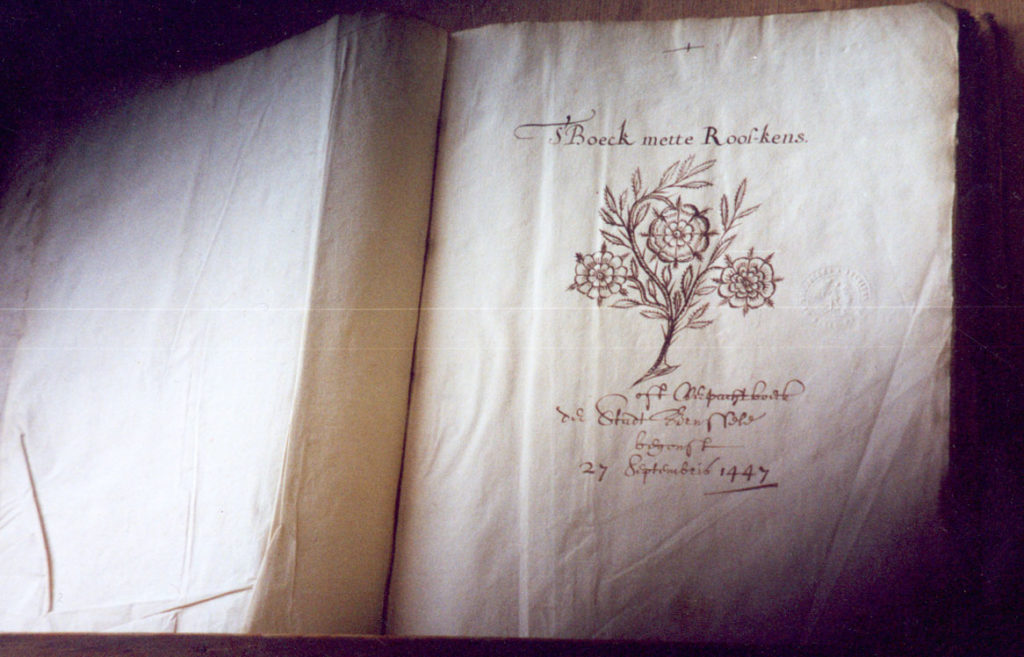
Photographs of the book in Belgium that helped Peter Bouckaert and Phil Benstein find their recipe for what became 1554. (Photos courtesy Peter Bouckaert)
The historian was able to get them access to the city archives of Brussels, where a librarian finally showed them the book, which had a hand-drawn rose on the cover and meticulously handwritten Flemish text on the inside.
“We were like little kids in a candy store at that point,” Bouckaert said. “If you can imagine, we’ve been trying to trace this story, and we had the root documents we were never expecting to get, and we were both over-excited.”
The book included units of measurement that no longer existed, but the brewers had their rough ingredients. And that’s how 1554 – which is more closely tied to a book from 1447 – was born.
And some of those final ingredients hearkened back to what brought Benstein to the Morgan Library in the first place.
“Some of the herbs that are used in absinthe are also used in 1554,” he said.
1554’s recipe became part of the base for New Belgium’s pioneering line of sour beers, which helped introduce this now-ubiquitous style to the U.S. market.
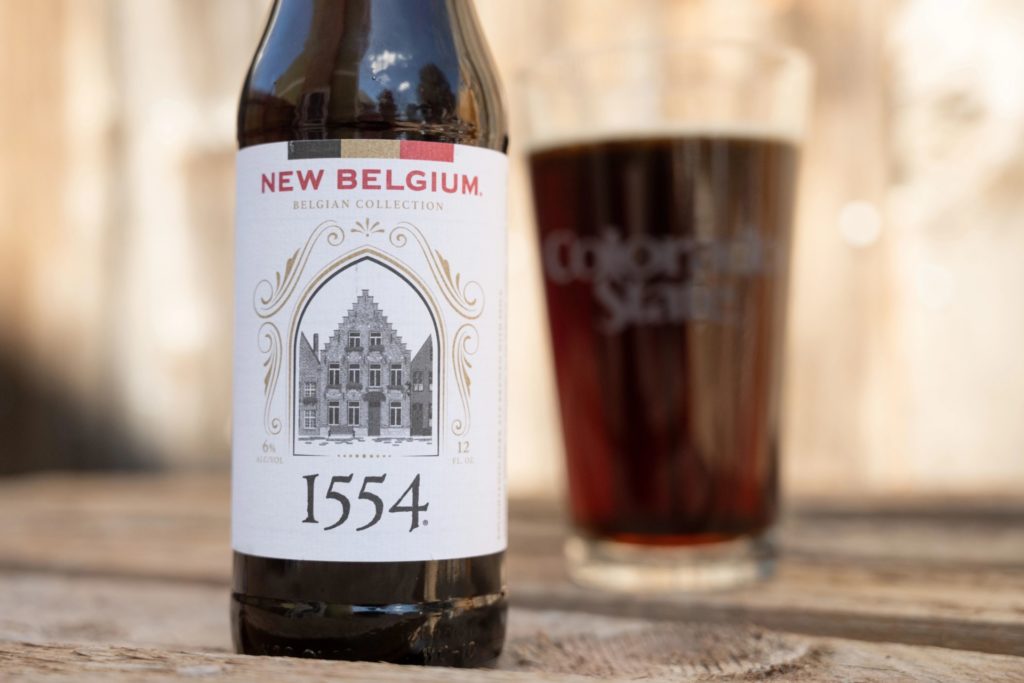
(Photo: John Eisele, CSU Photography)
How CSU Libraries preserves beer histories and educates brewers of tomorrow
The 1907 book that sparked the quest for 1554 wasn’t discovered by Benstein. It was consciously part of the Morgan Library’s collection by librarians, just like countless other treasures on its shelves.
“I think this is a wonderful example of how the old can be used to inform the new and lead to innovation,” said Mark Shelstad, the coordinator for Digital and Archives Services.
And in a craft beer haven like Fort Collins, preserving this history is a no-brainer.
Beer resources at the CSU Libraries
- Papers of Jack Avens: Newsletters, (newsletters, scientific brewing info)
- Student-designed brew posters
- American Society of Brewing Chemists (industry’s largest professional brewing association)
- Master Brewer Association of the Americas – up-to-date technical brewing information
Linda Meyer, head archivist for the Agricultural and Natural Resources Archive, started the Craft Brewing Collection eight years ago to preserve the histories of Fort Collins’ brewing landscape and CSU’s Fermentation Sciences and Technology major.
Preserving the materials shows that we value their contribution to the community,” Meyer said. “New Belgium and Odell have shown great interest in fostering the fermentation program at CSU, which provides benefits both ways. We receive expertise from breweries in guest lectures and classes, while they benefit from students who know about the processes and can be hired after they graduate.”
CSU Food Science and Human Nutrition professor Jack Avens first created the university’s brewing science and technology course in 2005. The Fermentation Science and Technology program began in 2013, and includes a collaboration with New Belgium brewmaster and FST instructor Jeff Biegert to produce student-crafted beers at CSU’s Ramskeller Pub – which opened in 2018 with equipment donated by Molson Coors and others. Biegert also serves as brewmaster for CSU’s two teaching breweries.
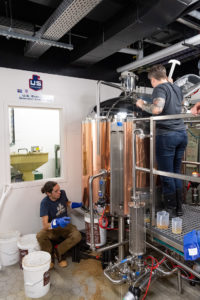
“CSU’s land-grant mission includes reaching out to the community – students who came through Jack’s class had skills that they could then translate into brewing with companies in town or on their own, which was knowledge that translated into something useful for the community at large,” Meyer said.
CSU Libraries also provides access to valuable contemporary and historical brewing research for students that enables them to create high-caliber products by drawing from brewers’ expertise inside and outside of the classroom.
“When students use our archives and modern collections in conjunction, powerful things happen,” said Rachelle Ramer, librarian and science specialist. “Our students and faculty don’t have to start everything from scratch – they can build on the work of others. So much time and money would be wasted if everyone was trying things in isolation, and reading the literature sparks new ideas.”
As a land-grant institution, many of CSU’s own resources are also free for the community to use. Local brewers can visit the Libraries in person to access archival sources or journals, and librarians can help answer questions about finding and evaluating resources.
“The great thing about CSU is that there’s methods built into research processes to listen and engage with the community – it’s not just someone sitting in a lab by themselves,” Ramer said. “These conversations are incredibly powerful – we have better science, better agriculture and better brewing when people communicate. That’s why it’s so important that these resources are available and not restricted.”
The story of 1554 exemplifies the value of preserving history in libraries. From the CSU Library to the one at Coors Brewery to the ancient libraries in Belgium and the Brussels City Archives, Benstein and Bouckaert visited nearly a dozen libraries to prove that zwart beer existed.
“This is what libraries bring: they have possibility and they can hold these worlds for us to rediscover and bring back the things that our current cultures have lost,” Benstein said.